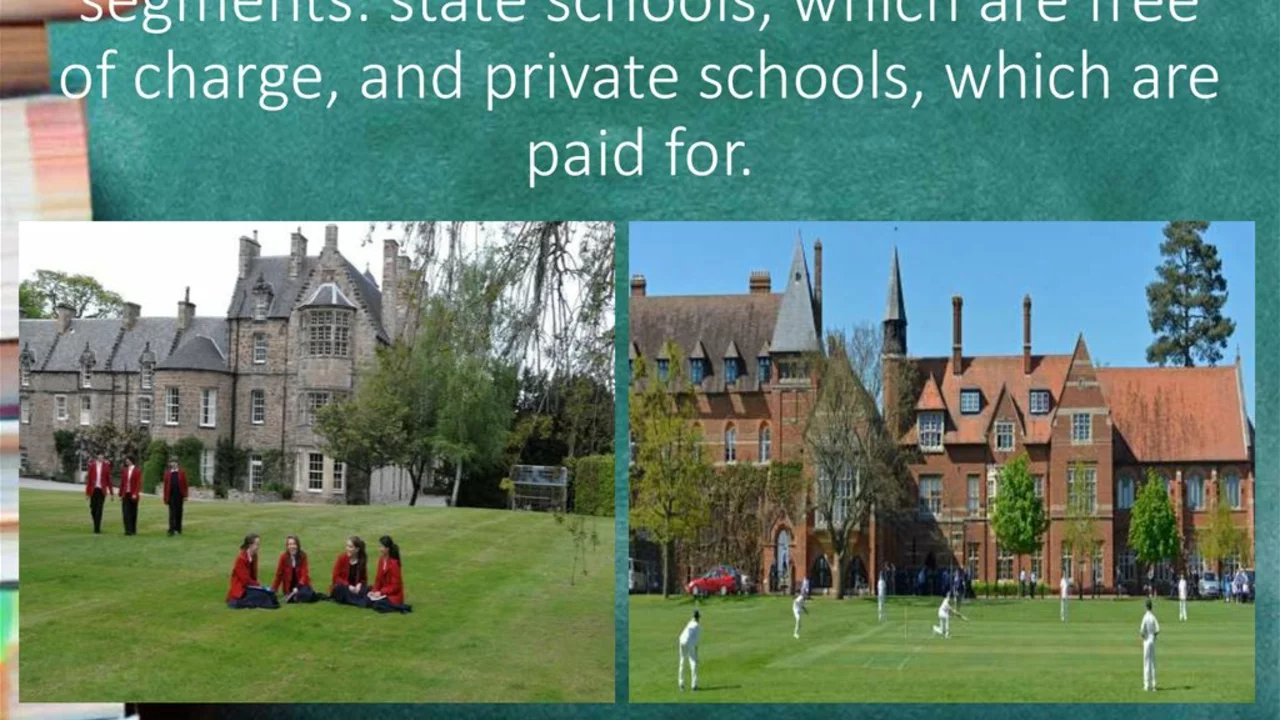US Education System: What You Need to Know
When you hear "US education system," most people picture huge campuses, massive student loans, and endless paperwork. The reality is a mix of public schools, private colleges, community colleges, and a lot of moving parts. Whether you’re a student, a parent, or just curious, this guide breaks down the basics and the hot topics that keep coming up.
How the system is organized
In the United States, K‑12 education is managed by local school districts, which follow state guidelines. After high school, students can choose a community college (usually two years), a four‑year university, or a trade school. Public universities get most of their money from the state, while private schools rely on tuition and donations. This split means tuition can vary wildly—some public schools charge a few thousand dollars a year, while elite private colleges can top $70,000.
One key feature is the credit system. Courses are measured in credit hours, and you need a set number to graduate. This flexibility lets students pick electives, change majors, or take summer classes to finish faster. It also means you can see your progress clearly on a transcript.
Key issues and recent changes
Cost is the biggest buzzword. Tuition has risen faster than inflation for decades, pushing many families into debt. Student loans are now a major discussion point in politics, with proposals to lower interest rates, forgive part of the debt, or make repayment income‑based. If you already have an education loan, you can still qualify for a personal loan, but lenders will look closely at your credit score and debt‑to‑income ratio.
Another hot topic is whether higher education in the USA is broken. Critics say the system focuses too much on degrees rather than skill building, and that many graduates struggle to find jobs matching their majors. Some schools are adding “career‑ready” programs, internships, and shorter certificate courses to address the gap.
Special education is also evolving. Teachers can now refer students for specialized support when they spot learning challenges. This early referral system aims to get help before problems become entrenched, making schools more inclusive.
Technology is reshaping the classroom, too. Platforms like Education Galaxy bring interactive lessons, allowing students to learn at their own pace. While these tools aren’t a cure‑all, they expand access, especially for remote learners.
Lastly, the pandemic forced many schools to adopt online learning, sparking debates about the quality of virtual instruction versus in‑person teaching. Some districts are now offering hybrid models, hoping to keep the best of both worlds.
Bottom line: the US education system offers many pathways, but it also faces steep costs, debates over relevance, and a push for more flexible learning options. Knowing how it works, where the pain points are, and what reforms are on the table can help you navigate choices more confidently.
- Maxwell Harrington
- 0 Comments
Why is the education system in the US a big business?
The education system in the US has turned into a big business due to a variety of factors. High tuition fees, especially for colleges and universities, generate massive profits. The growing demand for educational resources, textbooks, and technology all contribute to this business model. The privatization of schools and the proliferation of online learning platforms have further commercialized education. It's a complex issue that raises questions about the very purpose and value of education.
View More